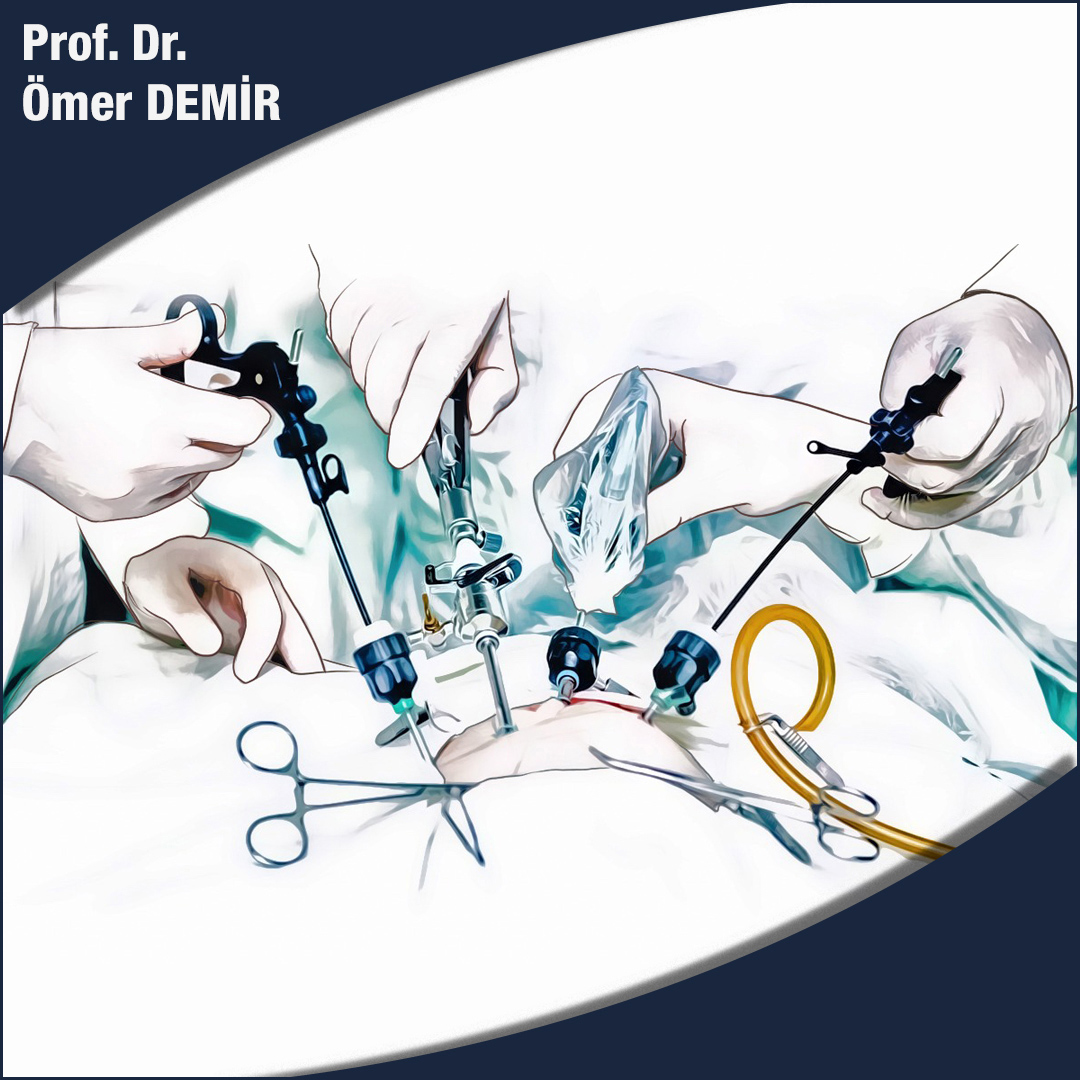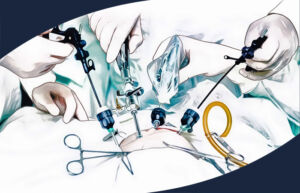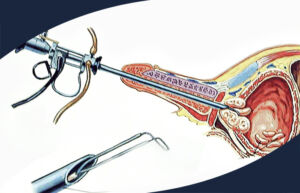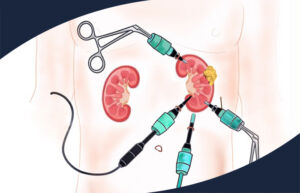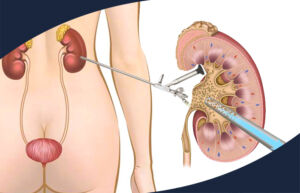UROLOGICAL LAPAROSCOPIC SURGERY
When we look at the historical development of laparoscopic surgery technique, it was a diagnostic method in which only the inside of the abdomen was observed in the early years, but today it has become a standard treatment method in which almost any urological surgery can be performed safely. Along with the developing medical technology, there have been very rapid developments in laparoscopic surgery technology. The length of the instruments used during laparoscopic surgery has decreased, and the diameter and number of holes opened have decreased. Today, patients can be operated more comfortably and much more safely.
Prostate Cancer (Laparoscopic Radical Prostatectomy) Kidney Cancer (Laparoscopic Radical / Partial Nephrectomy), Testicular cancer (Laparoscopic Retroperitoneal Lymphadenectomy), Bladder cancer (Laparoscopic Radical Cystectomy), Kidney outlet obstruction (Laparoscopic Radical / Partial Nephrectomy), Removal of non-functioning kidneys (Laparoscopic Nephrectomy), Adrenal gland tumors (Laparoscopic Adrenalectomy), undescended testis (diagnostic laparoscopy and laparoscopic orchiopexy) operations can be performed. The oncological success of laparoscopic surgeries performed for cancer, especially performed by experienced laparoscopic surgeons, is as good as open surgeries.
What are the advantages of laparoscopic surgery?
The pain associated with the surgery is less.
Post-operative recovery is faster.
Hospitalisation period is shorter.
Postoperative wound infection risk is less.
Bleeding rate is less than open surgery.
